
It is well known that in recent versions of Java, some support for Java NIO and NIO2 has been added. At the same time, one of the most praised advantages of the NodeJS technology stack is its high-performance IO. So the topic we want to discuss today is the underlying technology that supports these technologies.
A question to ask before starting is:
Why didn’t NodeJS and Java NIO2 appear earlier?
Answer: Personally, I think the underlying support technology is not yet mature.
So, what does the underlying technology refer to? Yes, I think many people have guessed that it is operating system technology. The two concepts proposed in this article, Java NIO2 and NodeJS, are without exception user-mode technologies or application layer technologies, and these application layer technologies run on the OS. At the same time, with the advancement of the operating system, they can support The Programming model is also richer. It can be said that these two technologies are completely evolved to apply the dividends brought by the advancement of operating systems. Generally speaking, the first technology to enjoy this benefit must be C\C++, because most of the latest improvements in OS are system calls, and C\C++ is the most convenient to apply these system calls, but it is also the most complex. In order to obtain the same performance, other platforms must continue to evolve and package so that users can take advantage of these bonuses. Once that platform stops updating, it is the time for this platform to decline. The more convenient the package is for users, the more user-friendly it is, and the more people may use it. Although many people can quickly write code based on these platforms, they often fail to understand the essence because they still do not understand the motivations and principles of these technologies. The technologies we discuss below are the underlying technologies related to these two technologies.
No matter which OS design, the following five IO models are essential.
1. blocking I/O
2. nonblocking I/O
3. I/O multiplexing (select, poll and epoll)
4. signal driven I/O (SIGIO)
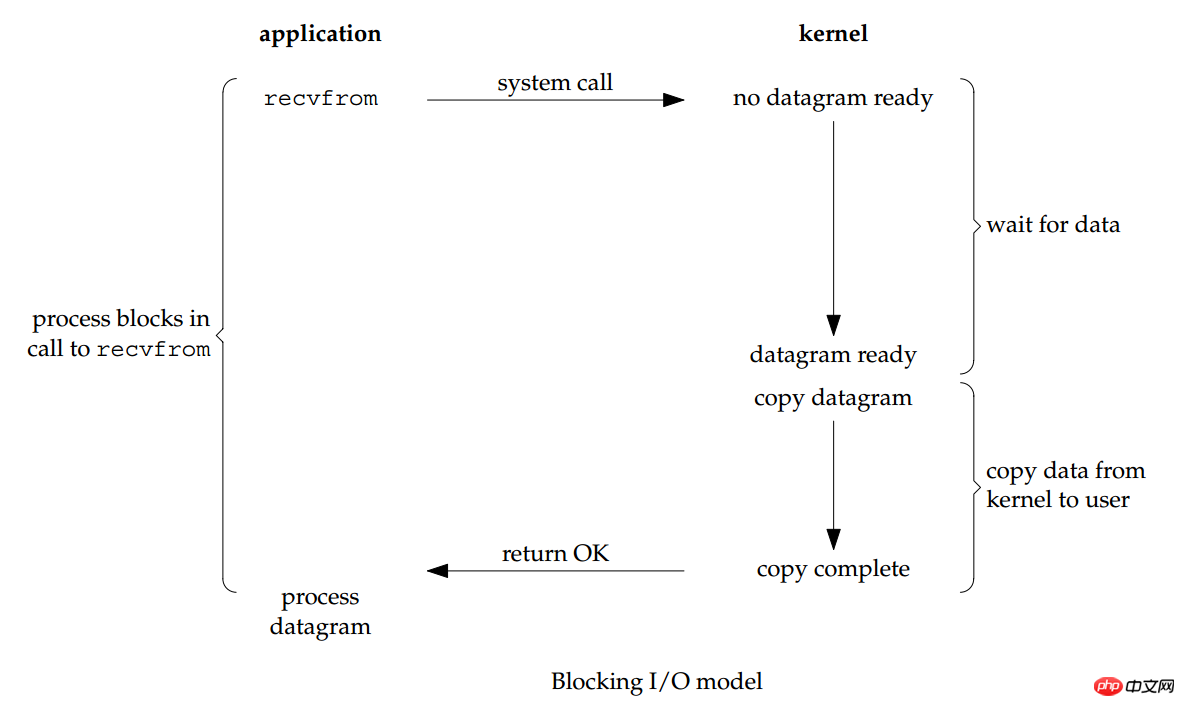
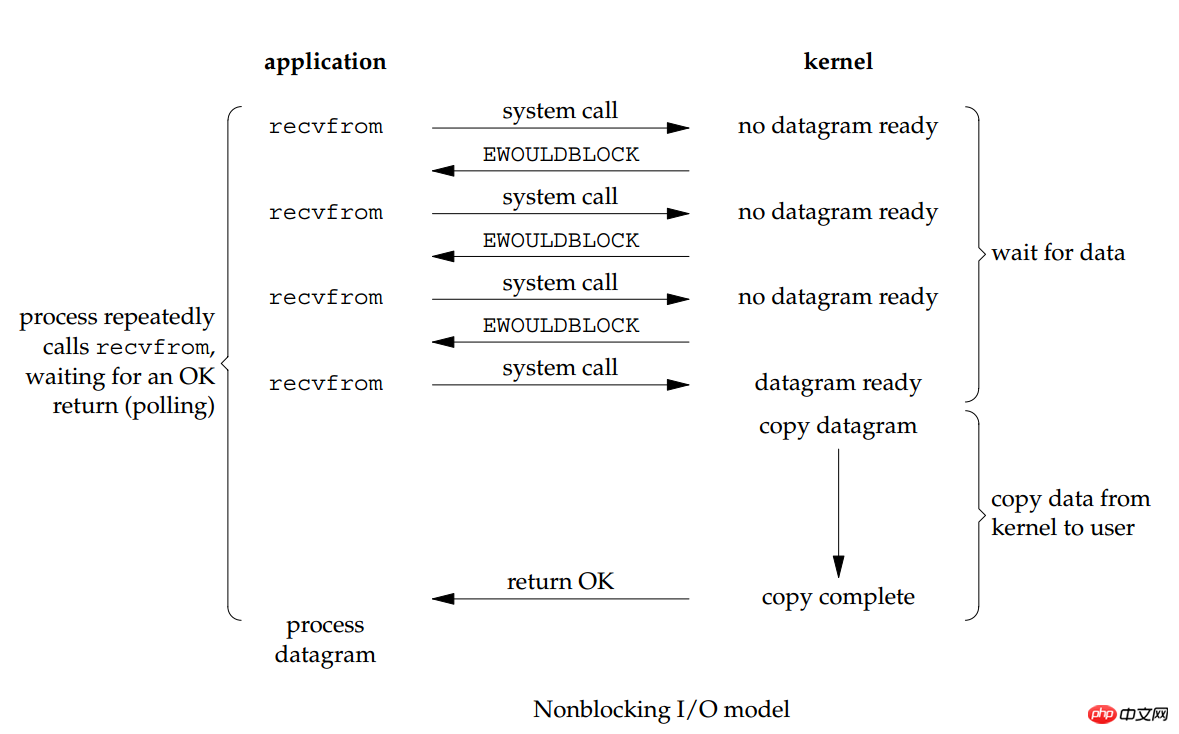

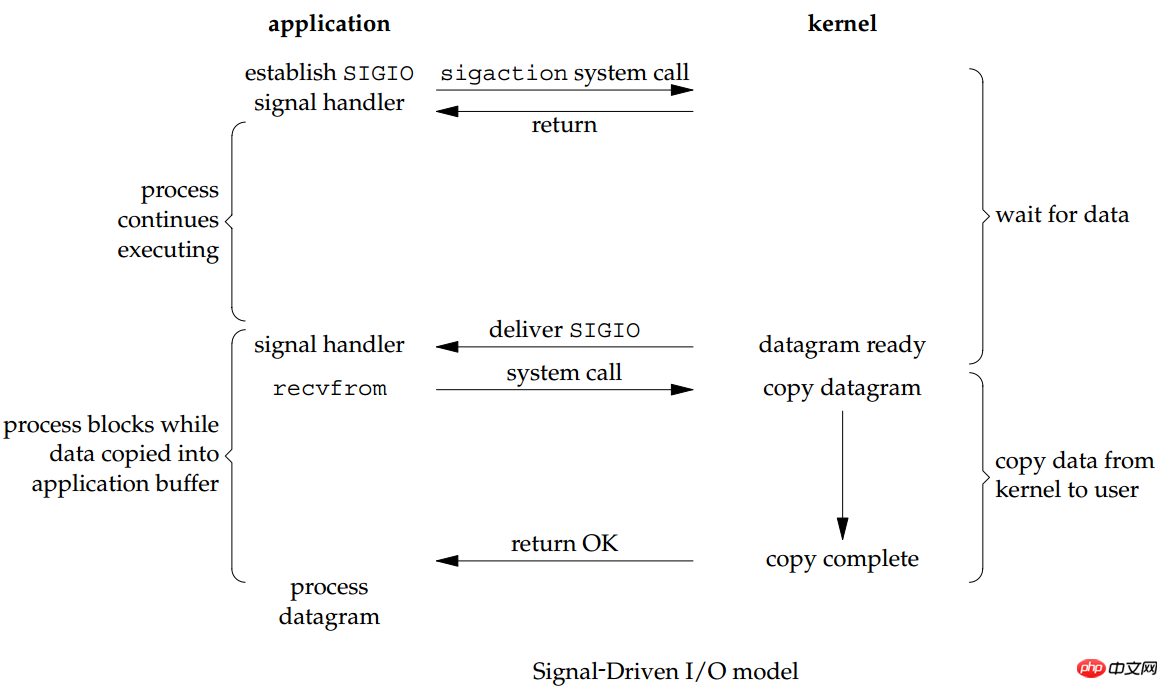
Linux is making efforts in this area. Once the OS makes progress in this aspect, programmingframework ,The platform and programming model may still need ,to be simplified to a large extent.
Although this model is rarely supported by OS, it does not mean that there is no such AIO model now. Many frameworks have done work in this area and simulated AIO in user mode, so that users can do more Focus on business logic code.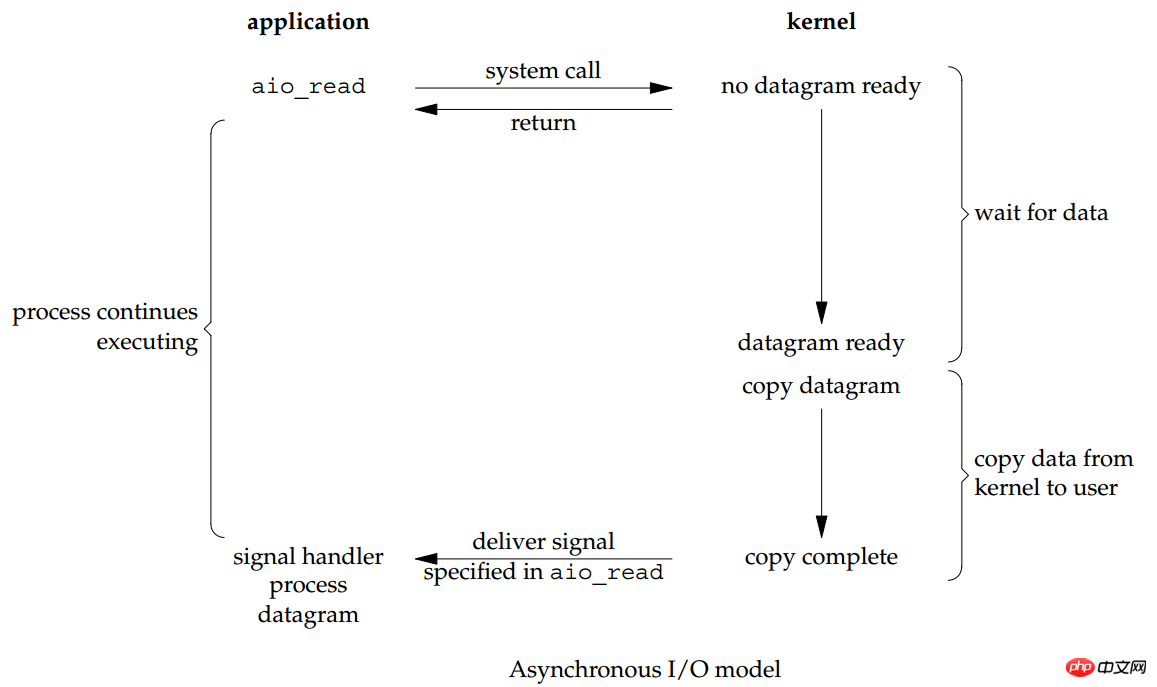
status value.
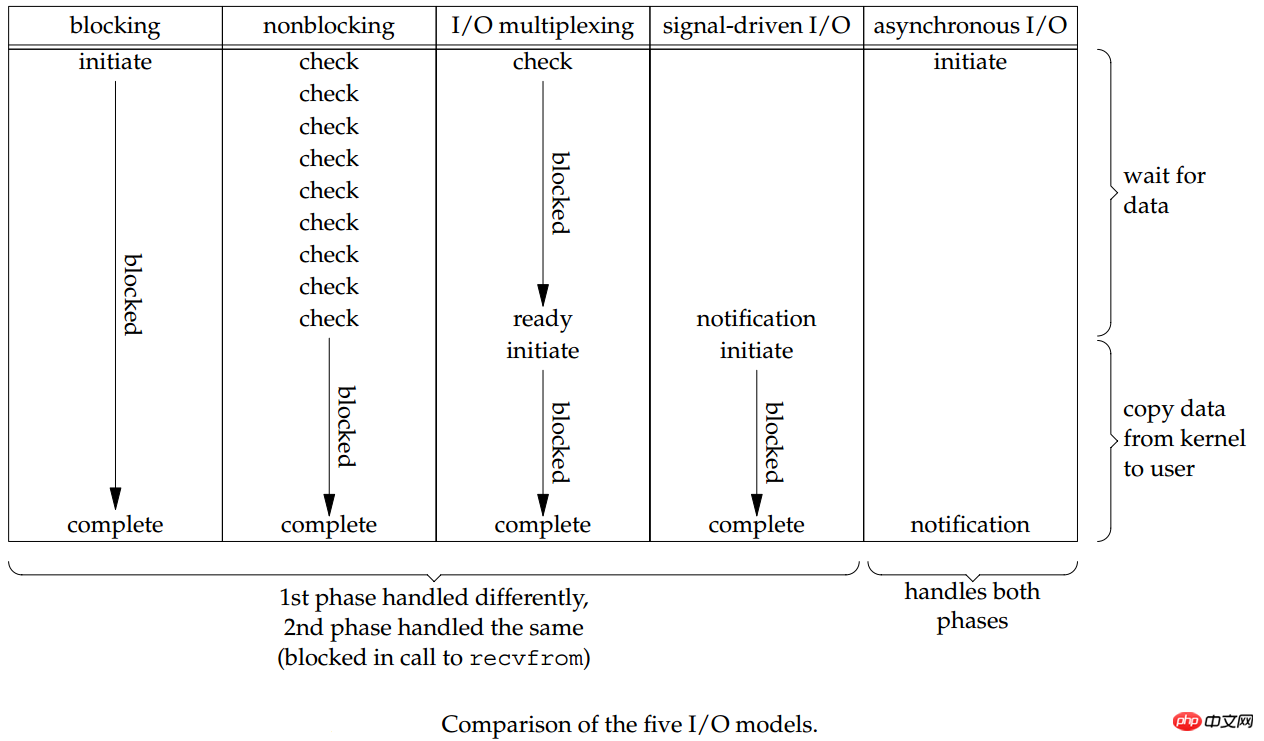
The above is the detailed content of Graphical analysis of the underlying technology of NIO and NodeJS supporting Java. For more information, please follow other related articles on the PHP Chinese website!




